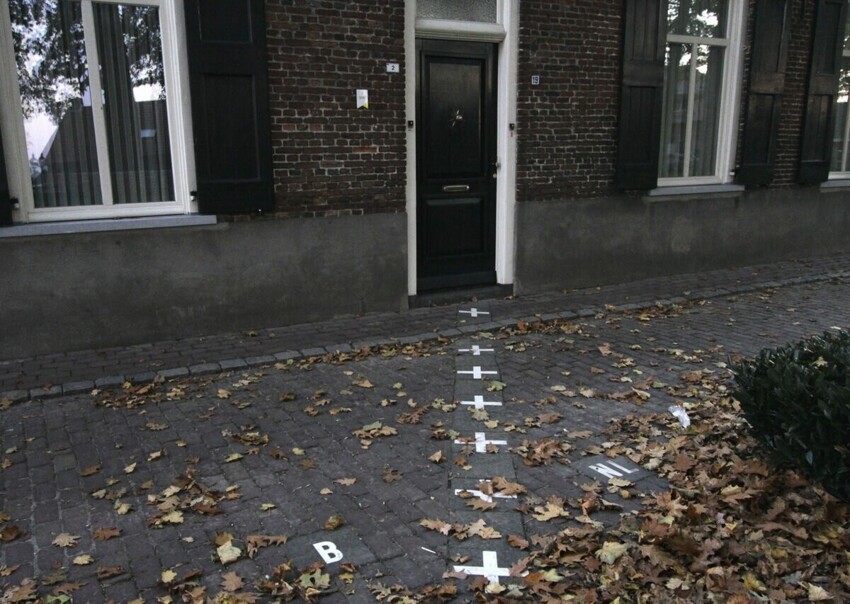How people live in the city along which the border of two countries passes (15 photos)
As a rule, crossing the border with another country with us associated with the need to make a passport, and then a visa, if such is required. In addition, traveling abroad is almost always an exciting adventure and an extra dose of new emotions and impressions! 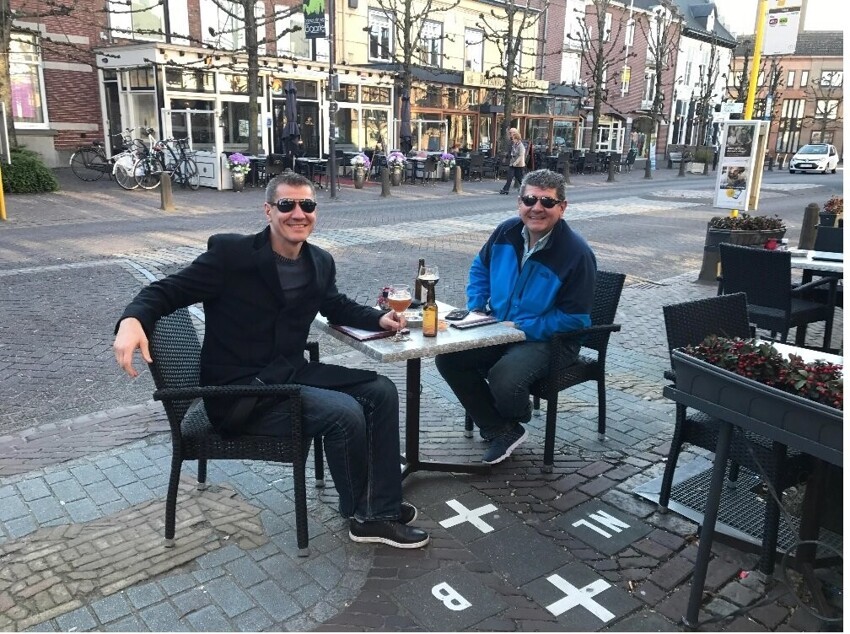
But imagine for a moment if you had to cross the border whenever you, say, decide to go to grocery store or want to sit in your favorite cafe. strange, no is it true? But for residents of the small town of Barle, a similar situation is quite a common occurrence. 
The town, or rather, the village of Barle, is located 5 kilometers from the Dutch-Belgian border, and about 9 thousand people. You can get there by bus, departing from the city of Breda. 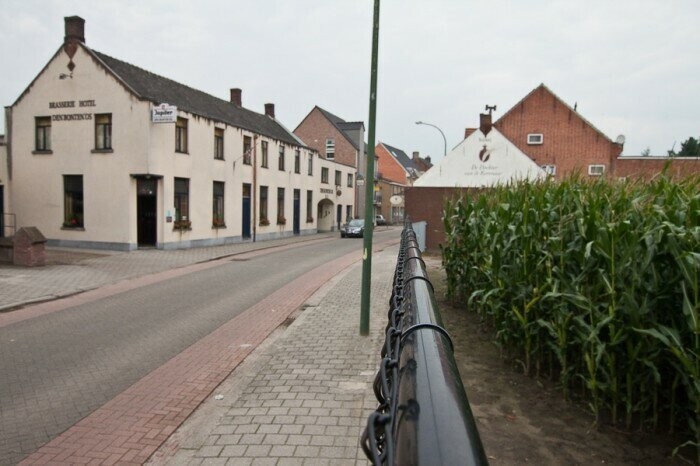
Barle is like hundreds of other small, but in its own way cute and cozy corners of northern Europe, with the exception of a small nuance - his the main part is a Belgian enclave belonging to the province Antwerp. 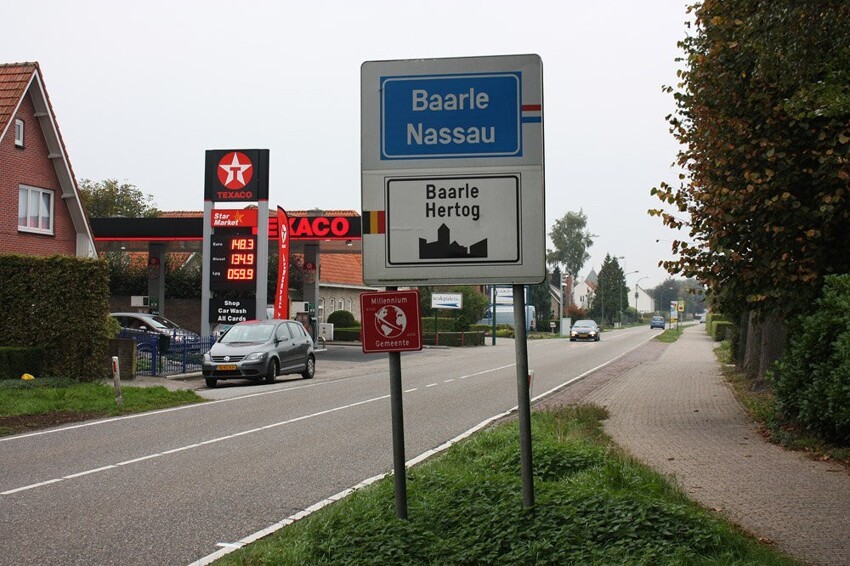
The village is literally divided between Belgium and Netherlands border line. The Belgian part is called Baarle-Hertog, and the Dutch - Baarle-Nassau. 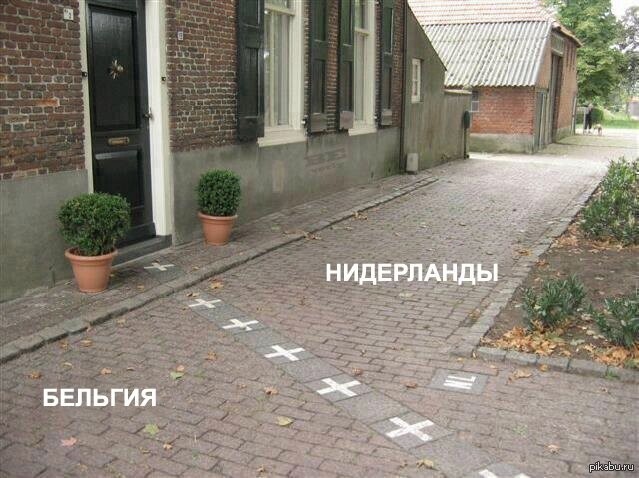
The reason for such a strange division is the ancient feudal relationship. The territory of present-day Barle has been inhabited since ancient times, but the first documentary evidence (although very doubtful) about the existence of the settlement falls on the year 992. 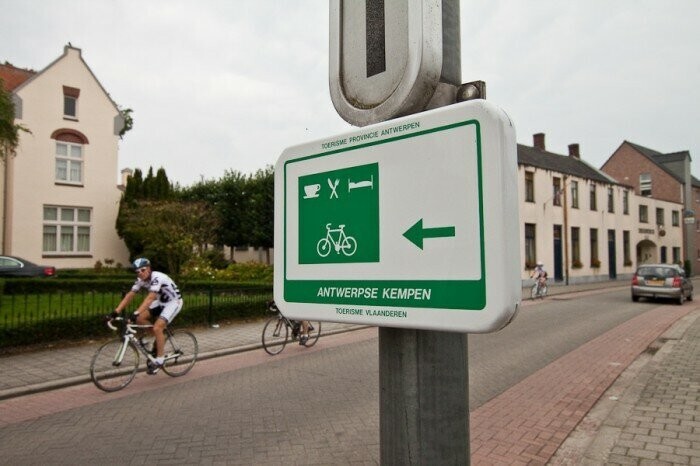
Power struggle between several nobles in 1198 led to the fact that one of them became the overlord of the second and gave part lands, but retained control over part of his vassals. Later he is all same gained independence along with the control of its vassals, which later turned into the right to own certain lands. 
Well, the Westphalian finally fixed the existing borders peace, when one part of the village became the independent Netherlands, and the other ceded to the Spanish Habsburgs. 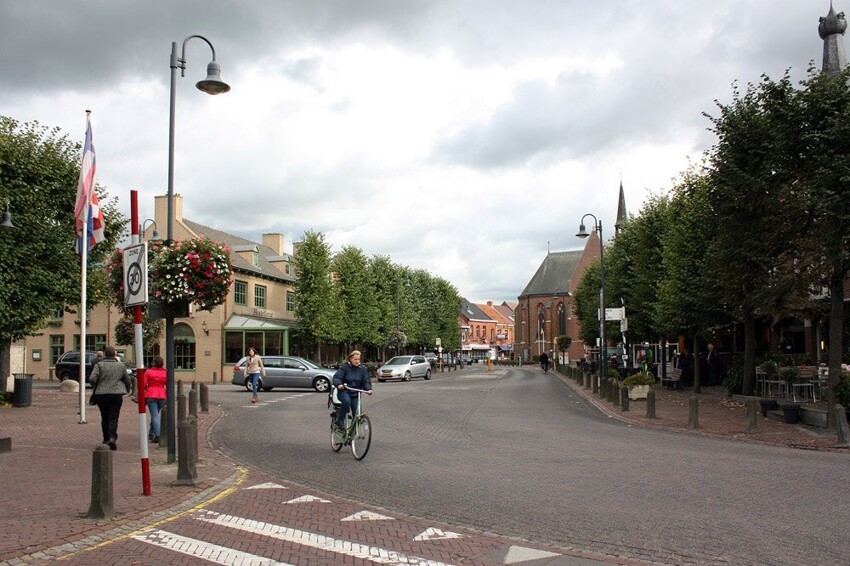
It would seem that it would not be easier to make this territory neutral and get rid of all sorts of border nuances? Apparently it's not easier since the authorities of both countries approached the issue of determining the boundaries with with all responsibility and scrupulousness, making the border line the "highlight" of Barlet. 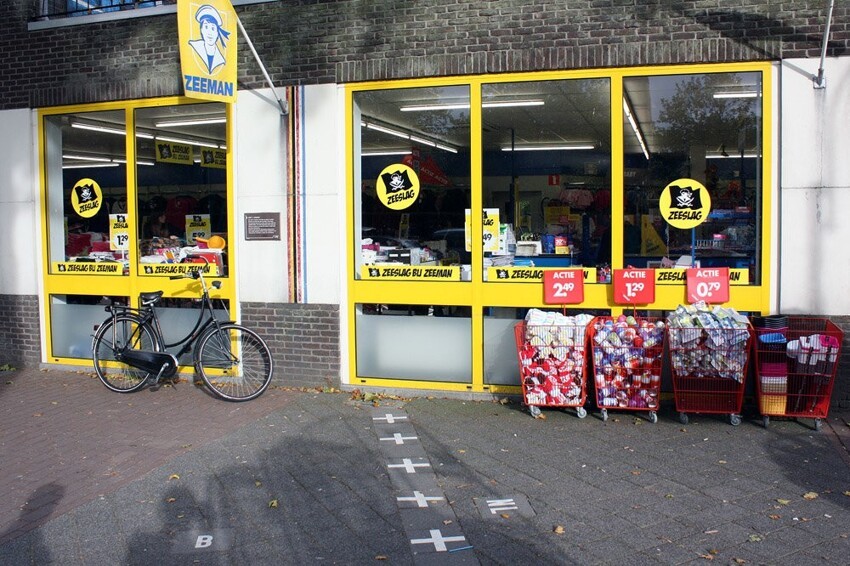
In the pedestrian zone, the boundaries are delineated by special markings in in the form of white crosses, and on the roadway - with metal washers. Easier speaking, the inhabitants of Barle may find themselves in another country with its unique features, simply stepping over the cross outlined on the pavement! 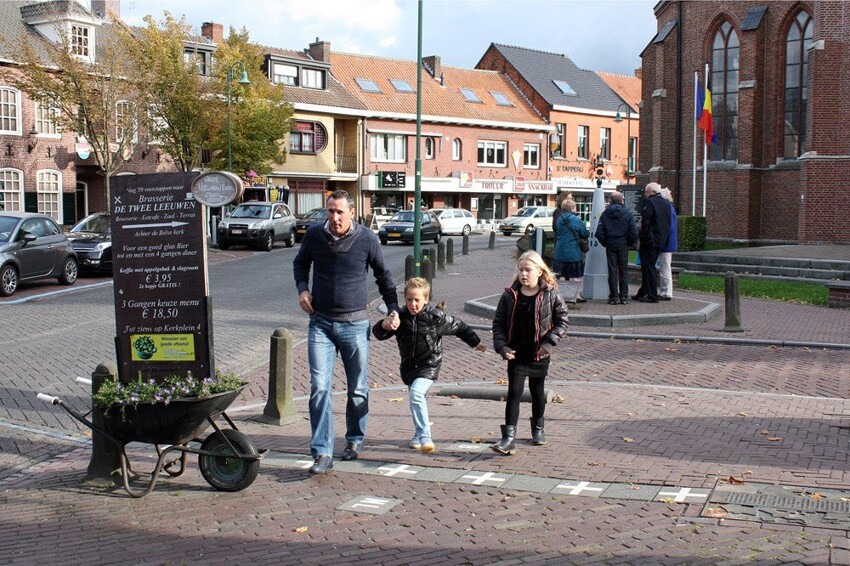
For example, shops and restaurants located in the Dutch part of Baarle is closed on Sundays, while establishments on on the Belgian side, on the other hand, the length of the working day is significantly more. In some cafes and restaurants, the border line runs straight in the middle of the hall, so when the Dutch part closes you can continue to relax by simply moving to a table on the Belgian side. 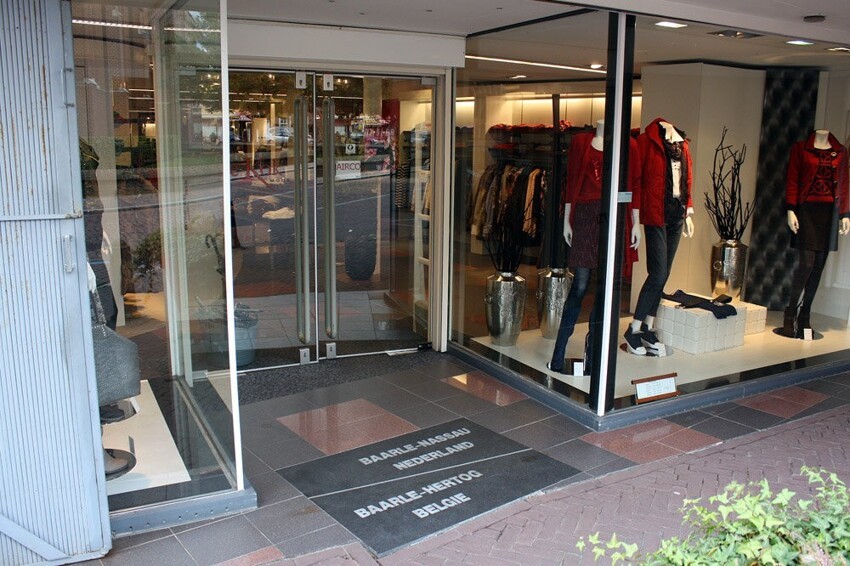
The whole life of the citizens of Barle is regulated in accordance with borders of a particular country. House numbers are labeled for convenience. colors of national flags, and signs and symbols are made in specific design. Therefore, any walk around the village can easily turn into a "Find 10 Differences" game. 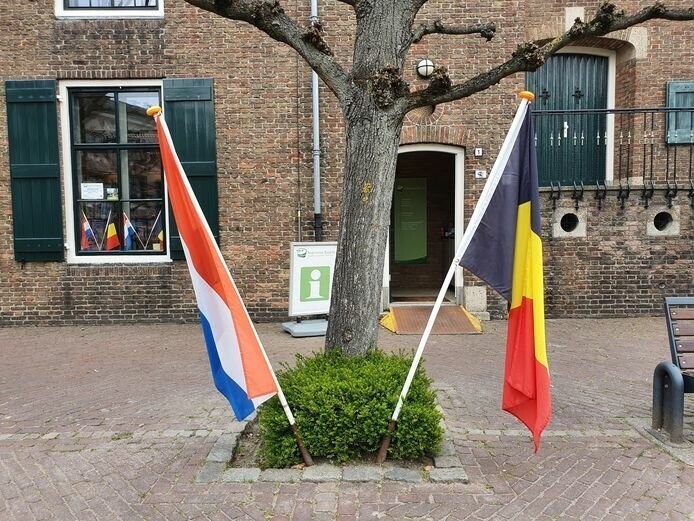
With legal subtleties, too, everything is very clear. Citizenship A person is determined by the country where the front door of his house opens. He pays taxes to the state where his front door is located. organizations, and the child can become Dutch or Belgianm in depending on the territory in which the place is located, where it was born. 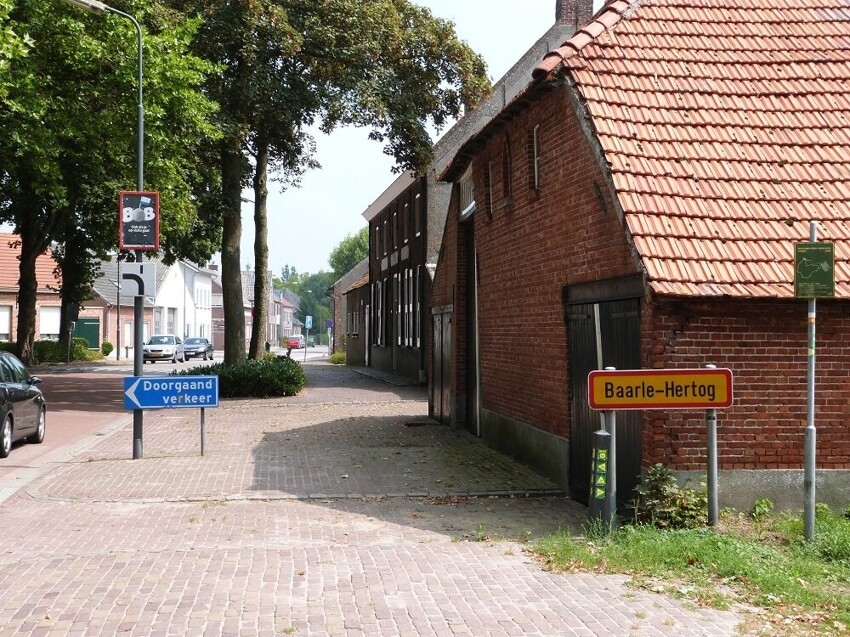
Since the Second World War, the borders in Barl have been formal, thanks to the Benelux customs and economic union. A the formation of the Schengen zone made it possible to join the amusing territorial incident and other Europeans, as well as avid travelers and tourists from all over the world. 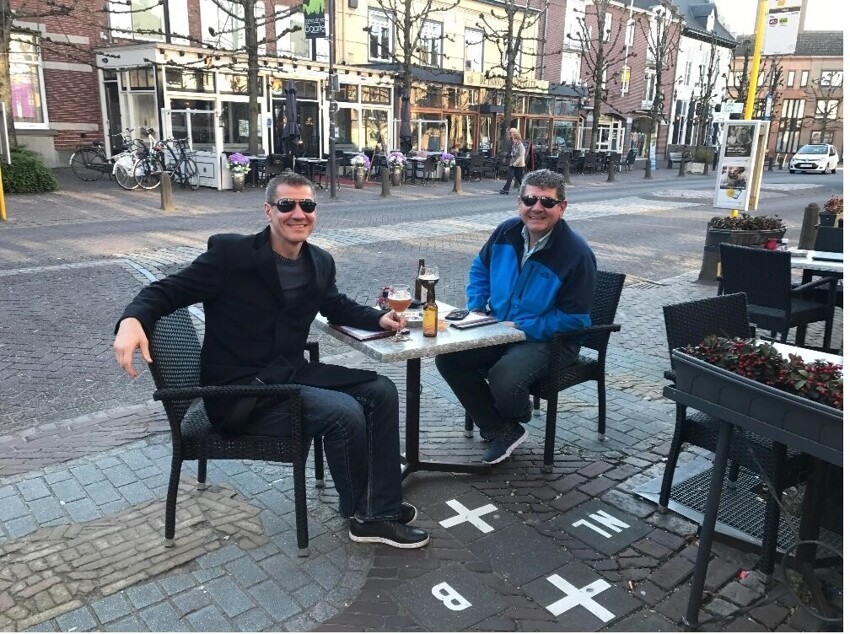
Today in Barl there are two city halls, two police stations, two cathedral cathedrals and two hospitals. Citizens cross state borders dozens of times a day. Moreover, the conditional "trip abroad" for residents Barle sometimes promises just a way out of the house: in some areas the Dutch-Belgian border starts right on the doorstep. 